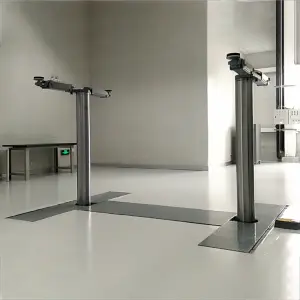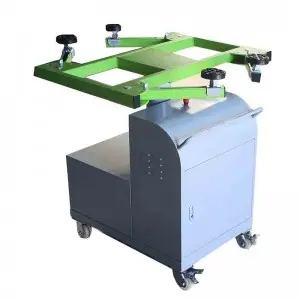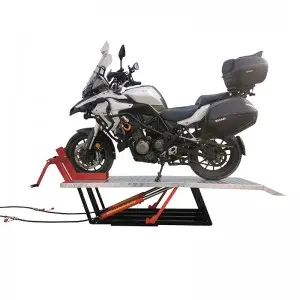Cylinders are one of the most versatile and practical shapes used in various fields, from engineering and construction to everyday objects we use in our daily lives. Their unique geometric properties make them indispensable in a wide range of applications, allowing us to accomplish tasks efficiently and effectively. In this comprehensive guide, we will dive into the world of cylinders, exploring their characteristics, functions, and the many ways they enhance our lives.

Introduction to the Versatile and Practical Cylinder: A Comprehensive Guide
Firstly, let us delve into the fundamental aspects of a cylinder. A cylinder can be defined as a three-dimensional geometric shape with two parallel circular bases or faces, connected by a curved surface. The bases are congruent and lie in parallel planes, while the axis of the cylinder is the line segment connecting the centers of the two bases. The height of the cylinder is the perpendicular distance between the bases. These simple yet defining features make cylinders exceptionally useful in various applications.
From a structural perspective, cylinders offer exceptional strength and stability. Due to their circular bases and curved surfaces, cylinders distribute forces evenly, making them capable of bearing heavy loads. This property makes cylinders ideal for applications in construction, where sturdy structures and stability are crucial. For example, concrete and steel cylinders form the backbone of bridges and high-rise buildings, ensuring their resilience and durability against external forces and natural disasters.
Cylinders also prove to be invaluable in the world of fluid mechanics. The geometric properties of a cylinder allow it to efficiently contain and transmit fluids or gases. This characteristic is exploited in hydraulic and pneumatic systems where cylinders are used as actuators to convert fluid or gas pressure into mechanical energy. These systems find wide-ranging applications, from heavy machinery and industrial equipment to everyday tools like car brakes and suspension systems.
In addition, cylinders have a multitude of everyday applications that we often overlook. Have you ever stopped to think about the cylindrical shape of a soda can or a water bottle? Due to their symmetrical and stackable nature, cylinders are not only easy to manufacture but also space-efficient for storage and transportation purposes. Beverage cans, jars, and containers of various sizes often employ the use of cylinders, ensuring convenience and practicality in our daily lives.
Moreover, cylinders are also extensively used in the field of optics. Optical lenses and mirrors often take the shape of a cylindrical design, enabling the manipulation of light rays for numerous applications. From telescopes and microscopes to cameras and eyeglasses, cylinders play a crucial role in refining and enhancing our vision.

Introduction to the Versatile and Practical Cylinder: A Comprehensive Guide

Introduction to the Versatile and Practical Cylinder: A Comprehensive Guide
In conclusion, it is clear that the cylinder is a remarkable geometric shape that holds immense practicality and versatility. Its unique properties allow it to excel in various fields, acting as a sturdy structure, an efficient fluid container, an essential component in everyday objects, and a fundamental tool in optics. Understanding the significance and potential of cylinders empowers us to appreciate their role in shaping the world around us. So, next time you encounter a cylinder, take a moment to appreciate its simple yet profound presence in our lives.quickjack portable car lift
